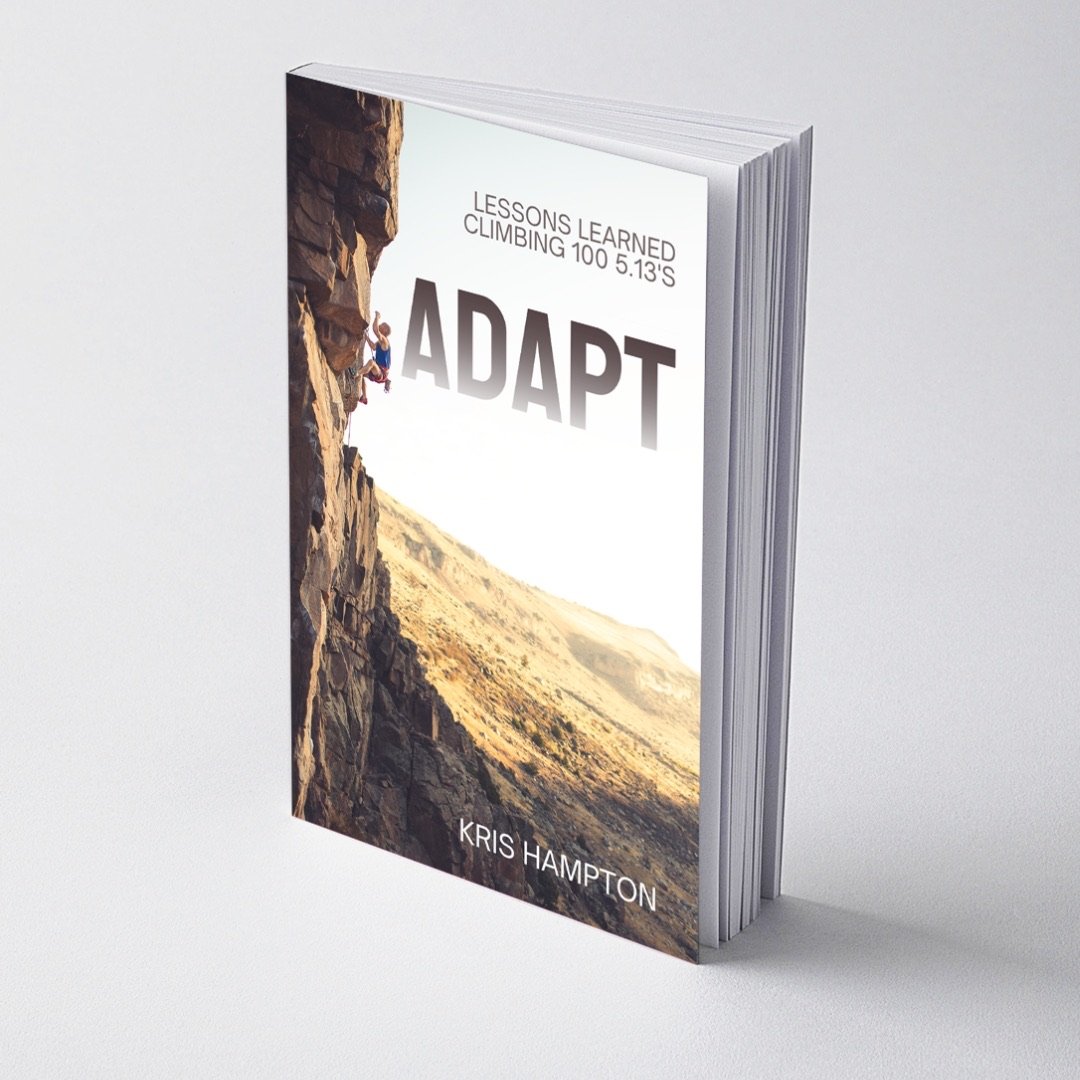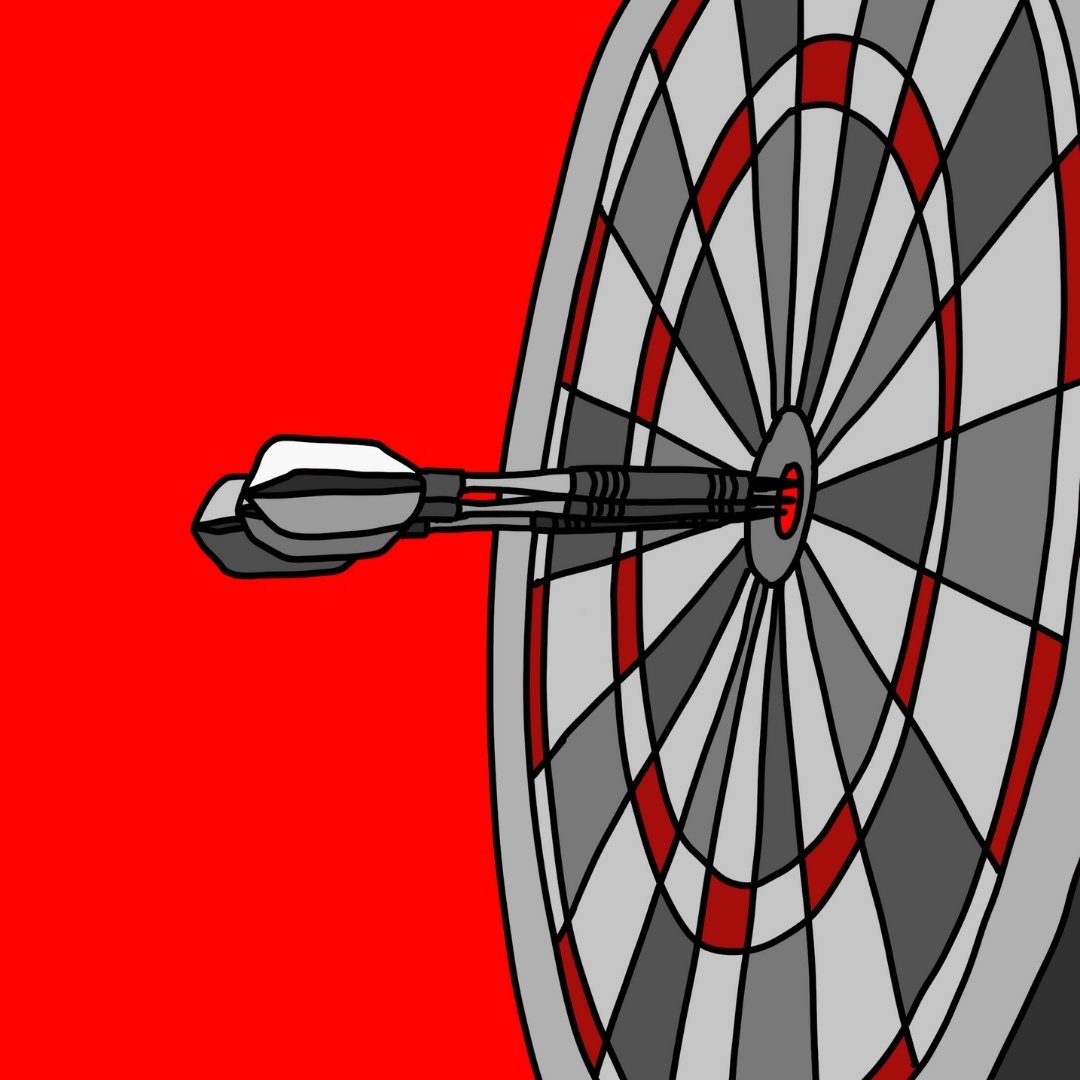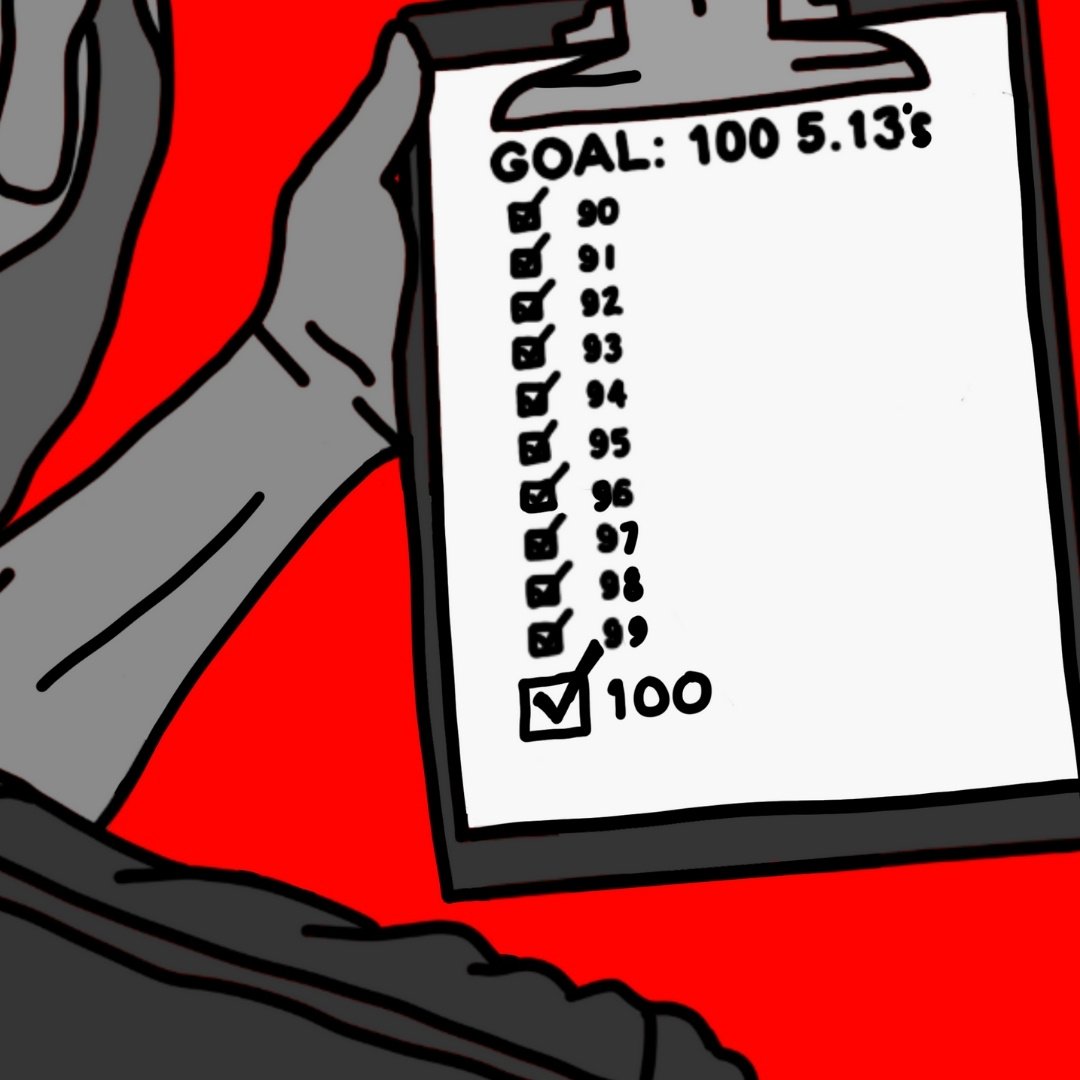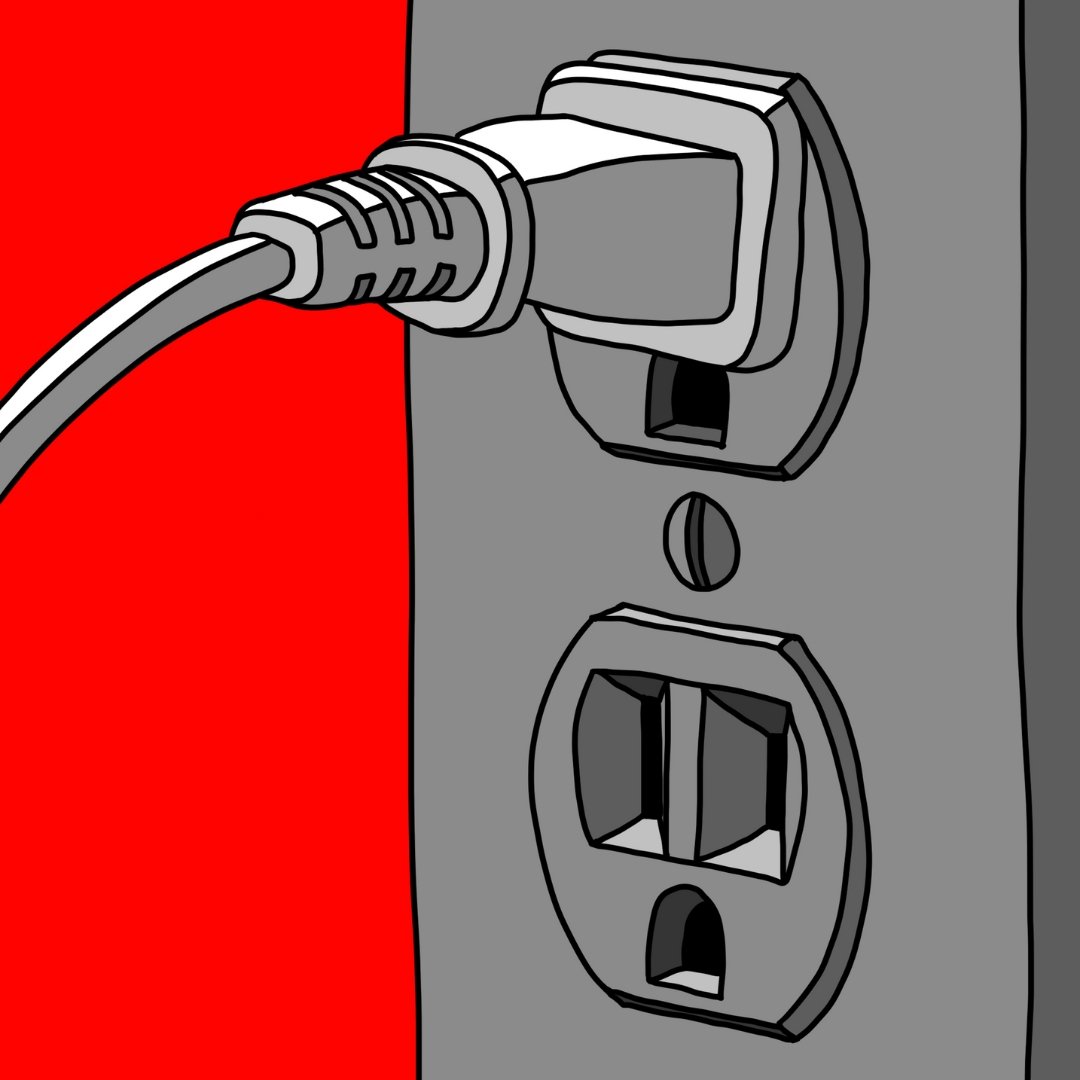The Hidden Value of Sending More
It’s not hard to find inspirational quotes about the value of failure. Pretty much every coach and motivational speaker espouses the benefits of being willing to fail, myself included. Because failure is absolutely beneficial - to a point.
Robert F. Kennedy is quoted as saying, "Only those who dare to fail greatly can ever achieve greatly." I agree, but this is a quote about how to succeed. In fact, most quotes about failure are actually quotes about how to succeed — so why do we try so hard to ignore outcomes?
In my new book, Adapt: Lessons Learned Climbing 100 5.13’s, I spend several chapters pointing out aphorisms and absolutes that we should be rethinking — paying closer attention to the nuance instead of just swallowing the bite-sized, easy to digest popular phrases. The importance of failure lands here as well, simply because if we aren’t careful, it can lead to undervaluing a component that might be more important to your early climbing development — the send.
Of course, just saying that sends are important is also too simplistic. What’s really important about the send is what’s hidden inside the process of reaching the send. And while you can engage in that process without actually sending, if you’re choosing to play the game that sending climbs is the goal, then not sending means you are regularly failing at your goal. Like I’ve talked about repeatedly, your process isn’t working. We want to repeat the process that does work. The one that leads to the send.
In my most recent YouTube video, Climb Your Project Sooner: The Art of Execution, I allude to the fact that in order to send, you must meet a certain threshold in several areas: physical capacity, technical ability, tactical understanding, and execution (how to send). This is a broad look, of course, and these factors will change depending on the person and climb, but every send means that you’ve met enough of the criteria to “pass the test”, as Arno Ilgner called it in my REMIX episode about process.
But climbing is a game of compensation. While there may be an “ideal minimum” in each of these areas, not meeting that minimum doesn’t necessarily mean we will fail. The actual minimum for sending is probably much lower than we think, provided we can compensate with some other element of our climbing. If you try enough sends with the right constraints in place (trying to flash or send in a single session, for example), then you know exactly what I’m talking about.
In the last issue of this newsletter, I detailed my 100th 5.13 send, which might have been the most excruciatingly close to failure send of the entire 100 routes. I definitely didn’t meet what I thought was the minimum threshold for execution. Over and over, I blew it. I failed at executing the majority of moves on the upper half of the climb, but I kept taking breaths, kept compensating, kept adapting, and kept holding on.
In my mind, there is little chance that could have happened had it not been for all the times I had put myself in similar situations and still sent. That’s the only reason I kept climbing — because I had proof of concept that I could send when everything seemed to be falling apart.
The idea of building a pyramid usually focuses on the numbers. These numbers are just a proxy for the experiences had while sending that climb. Generally speaking, it’s these experiences — the ones just a level or two below our goals — that will best prepare us for the challenges we’ll encounter while chasing that goal. Through sending several 12c’s and d’s, you’ll have the pieces you need to put together a successful campaign on a 13a.
All of those sends you’ve stacked up are simply successful adaptations. The more variety you can bring to that, the better. This is what sets the best climbers apart - their track record of having adapted to a wide variety of situations while still finding a way to send.
I assume you have some sort of goal to get better. If that’s true, maybe start by putting constraints in place that force some sort of adaptation.
It’s how we improve.
WE’RE DEEP DIVING INTO SUCCESSFUL GOAL SETTING!
While writing Adapt, I realized that one of the keys to making my journey to 100 5.13’s successful was the way that I set and chase goals. I’m going to be exploring that over the next few months. I hope to learn more about the science and psychology of goal setting (and goal achieving). I’ll be talking with experts, reading books and papers, and keeping you posted along the way, both here and on the podcast/YouTube.
If you have specific goal setting resources you’ve found valuable, please let me know!
Related Things to Stay Current:
Check out our Performance Tactics Resource Page, which is updated with pods, articles, and videos that will help you SEND.
One of my favorite videos I’ve made about the roller coaster process of sending a highball V10 that required me to adapt in a lot of ways.
Subscribe to the podcast on your favorite pod player.
My latest book, Adapt: Lessons Learned Climbing 100 5.13’s.
Don’t forget! If you aren’t on the email list for The Current, you won’t get the email next month. Make sure you’re subscribed HERE.















